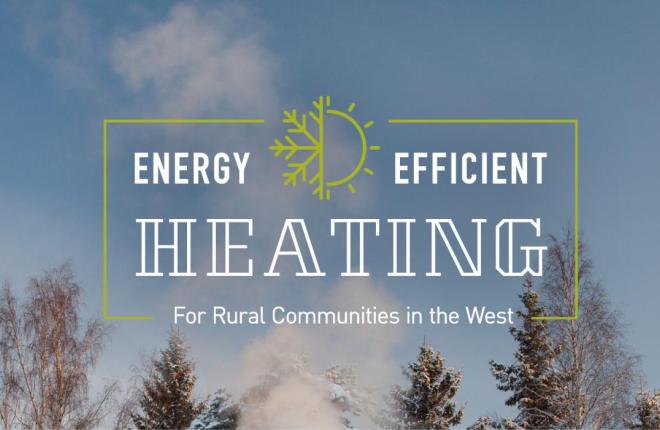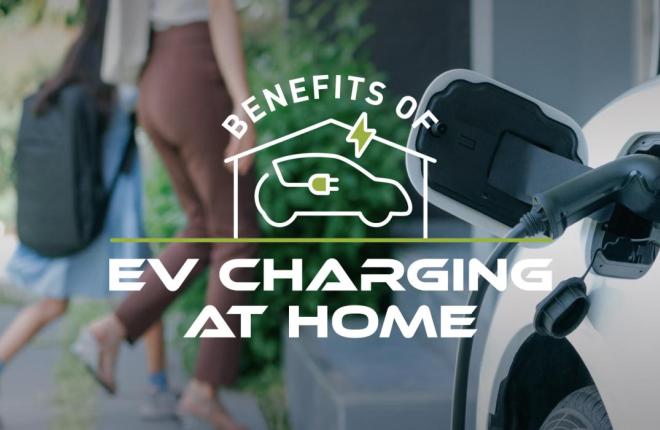
May 1, 2020
How Electricity is Keeping Food Supply Available
If you walk into the kitchen, turn on the lights, open the refrigerator, then reheat Wednesday’s casserole in the microwave, the importance of electricity on your end of the food supply is plain to see.
But many consumers may not know much about the increasingly critical role this power source plays in getting that food from the farm to your table. And now, as many Americans stock up and social distance, it’s a good time to contemplate the essential role electricity -- and its providers -- play in keeping all of us fed.
According to researchers at the U.S. Department of Agriculture, the majority of the energy used to power our total food system comes from electricity (nearly 60 percent!), as compared to other sources like natural gas, diesel fuel, etc. That includes the energy used in growing and raising food, in transporting and processing it, and in storing and preparing the food at stores, restaurants, and homes.
The History of Electricity in Rural America
To appreciate how electricity came into this important role in our food system, it helps to know a little about the history of how it came to power rural America, where most of our food is grown and raised. Today’s seniors may remember the days when electricity, and the new technologies it powered, first began to transform life and work on the farm and ranch.
Back in the mid-1930s, in the middle of the Great Depression, only about 10 percent of America’s farms had electric service. The power companies that lit up the nation’s cities were not financially motivated to serve far-off rural areas with few customers that were spread far and wide.
The Rural Electrification Act was enacted in May 1936, enabling greater opportunities for rural residents to join together to form their own non-profit electric cooperatives, or co-ops for short, to generate electricity, transmit it over long distances, and distribute it to homes and businesses in their areas. In fact, historians note the introduction of electricity to rural areas -- and the efficiencies and comforts it brought to daily life -- was important in encouraging more Americans to stay on family farms during this period.
Tri-State Generation & Transmission Association, which was created by electric co-ops and public power districts in 1952, and its members are among the nearly 1,000 electric co-ops that helped light up the countryside -- and keep energizing it today. Today, those co-ops serve 42 million Americans (about one in eight residents nationwide), according to the U.S. Census Bureau.
Electricity and Technology in Modern Agriculture
So how exactly is electricity used in modern agriculture? Critically, electricity powers state-of-the-art technologies that have increased yields to keep up with demand in a growing nation, ensuring food is easily available and affordable. Let’s bullet-point some of the key uses:
-
Irrigation: Most of the pumping equipment used to get water onto crops requires electric power. And that’s a good portion of our food supply; about 56 million acres, 25 percent of all agricultural land, is irrigated.
-
Drying and Storage: Once harvested, many crops with high moisture content go through a drying process for safe and prolonged storage. The drying process is powered by electric fans and is especially important for grains like wheat and rice and grasses such as hay that feed animals. Fans also provide for the right ventilation needed during storage, and electric-powered heaters and coolers keep crops from getting spoiled.
-
Temperature Control: For citrus and other fruit crops, electricity powers the heaters that are often used directly in the fields to save crops from freezing temperatures. Specialized, temperature-controlled buildings have also become an integral part of meat production. Large numbers of beef cattle, pigs, and poultry are housed in controlled environments where electricity powers the equipment used for heating, cooling, feeding and watering. In aquaculture, temperature control is vital for the tanks used to breed and grow fish, shrimp, and mussels. In dairy production, electric equipment is used for milking. The milk is then moved immediately into refrigerated bulk milk tanks where it is ready for shipping.
-
Computers, the Internet, and Automation: There is no industry that hasn’t seen major technological innovations in the past century, and agriculture is no different. Electricity powers these advancements, from the laptops used in homes and offices, to the self-driving and automated machinery now often used in fields and barns. Just as we are seeing an explosion in our homes of the “internet of things” -- the myriad web-connected appliances we can monitor and control with a few taps on our smartphones or a few words to our smart speakers -- these devices are being employed across agricultural businesses to regulate and operate the equipment.
-
Refrigeration and Storage: Refrigeration during transport and storage at your local grocery stores and restaurants is a critical part of the process as well. Refrigeration accounts for a considerable amount of the electricity used in the food system once the food has left the farm. Not only does refrigeration keep your food fresh, but it also minimizes waste, which reduces the costs for all of us.
-
Clean Energy, Energy Efficiency and Local Farmers and Ranchers: As electric co-ops move toward greater use of clean energy, more farmers are now getting into the business of helping to provide that renewable energy by leasing their land for solar panels and wind turbines. Tri-State also works with its members to provide energy efficiency rebates for many agricultural applications.
“Farmers and ranchers are close to our heart,” said Tri-State Board Chairman Rick Gordon, noting they are well represented among the boards of directors. “We work regularly with the agricultural community to promote energy efficiency and the ways they can make the best use of the portion of their budget that goes toward powering their operations.”
The obligation to provide reliable, affordable, and responsible electricity across rural America has never been greater. For rural electric co-ops, “keeping the lights on” also means keeping food on our tables.
COVID-19 Community Response
As a family of electric cooperatives and public power districts, our distribution members reach consumers at the end of the line, many of whom have been directly impacted by COVID-19. To learn about our response, how are members are responding and the amazing work being done in communities across the West, watch our videos and read the articles here.
--
About Tri-State
Tri-State is a power supply cooperative, operating on a not-for-profit basis, serving electric distribution cooperatives and public power district member-owners in four states. Together with our members, we deliver reliable, affordable and responsible power to more than a million electricity consumers across nearly 200,000 square miles of the West. Visit www.tristate.coop.
Blog Posts

Protecting Your Home Year-Round from Wildfires

Summer Backpacking: Solar Power, Energy Efficiency, and the Best States to Visit

Beat the Chill: Effective Insulation Strategies for Winter Comfort

Energy Efficient Heating Options for Rural Communities in the West

Energy Efficient Tips for Outdoor Fall Entertaining

Boost Your Business with EV Charging

The Benefits of Having Your Own EV Charger at Home

Geothermal Heat Pumps: Harnessing Earth's Energy for Your Business


